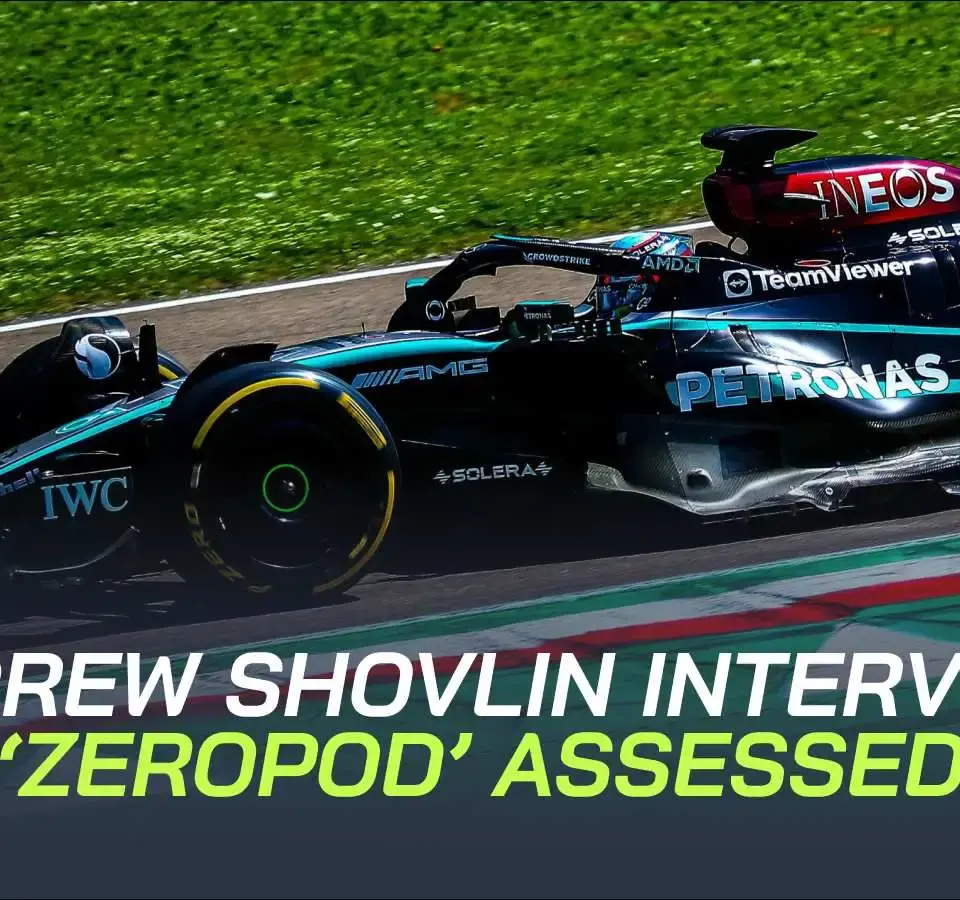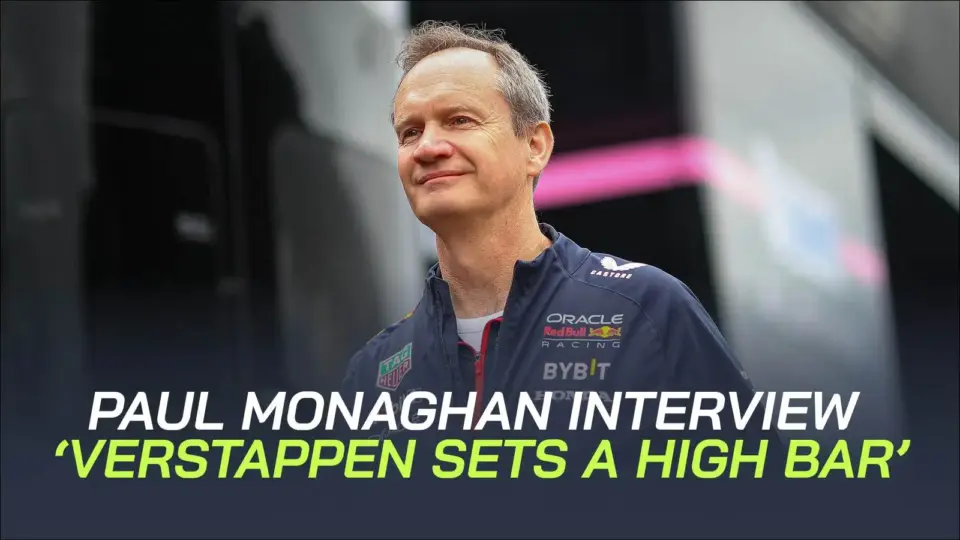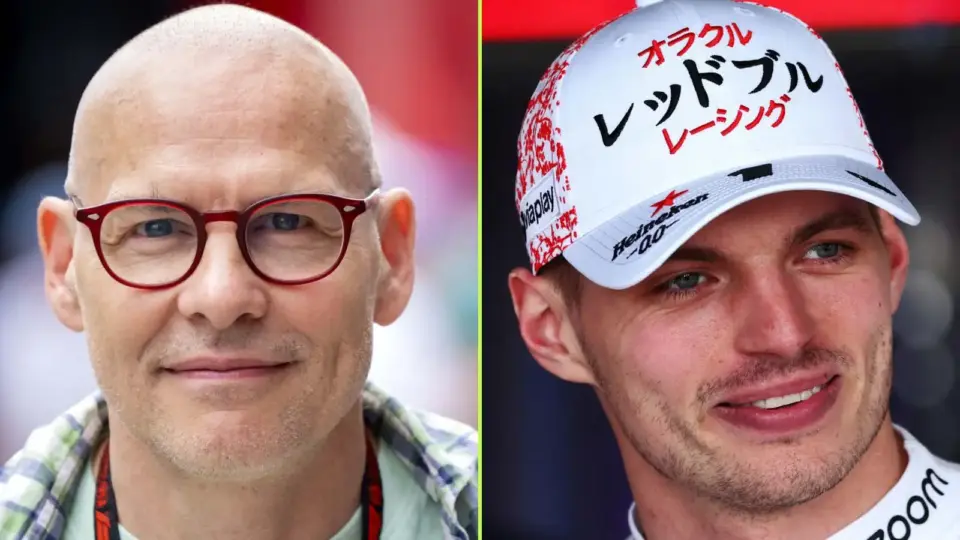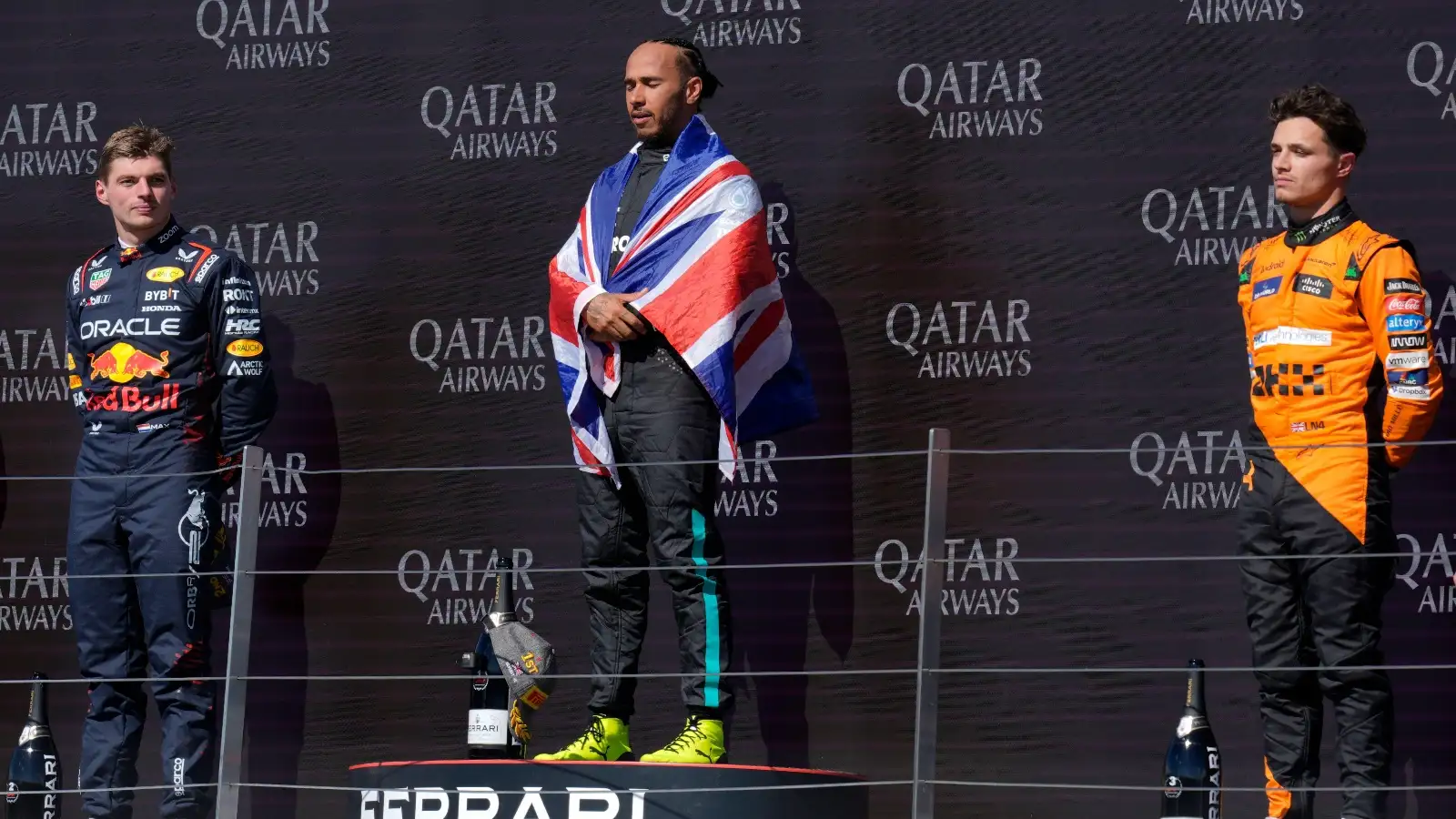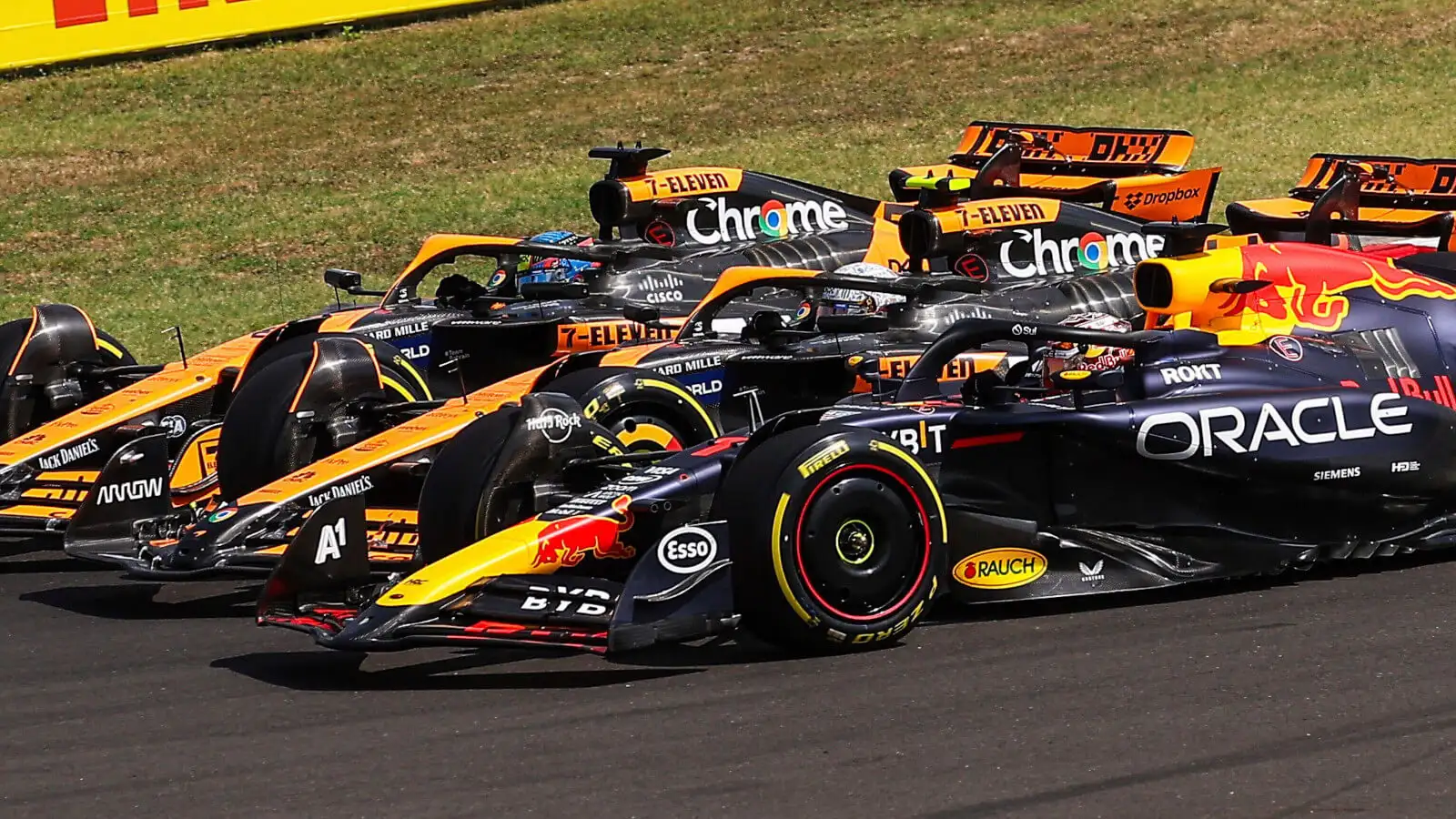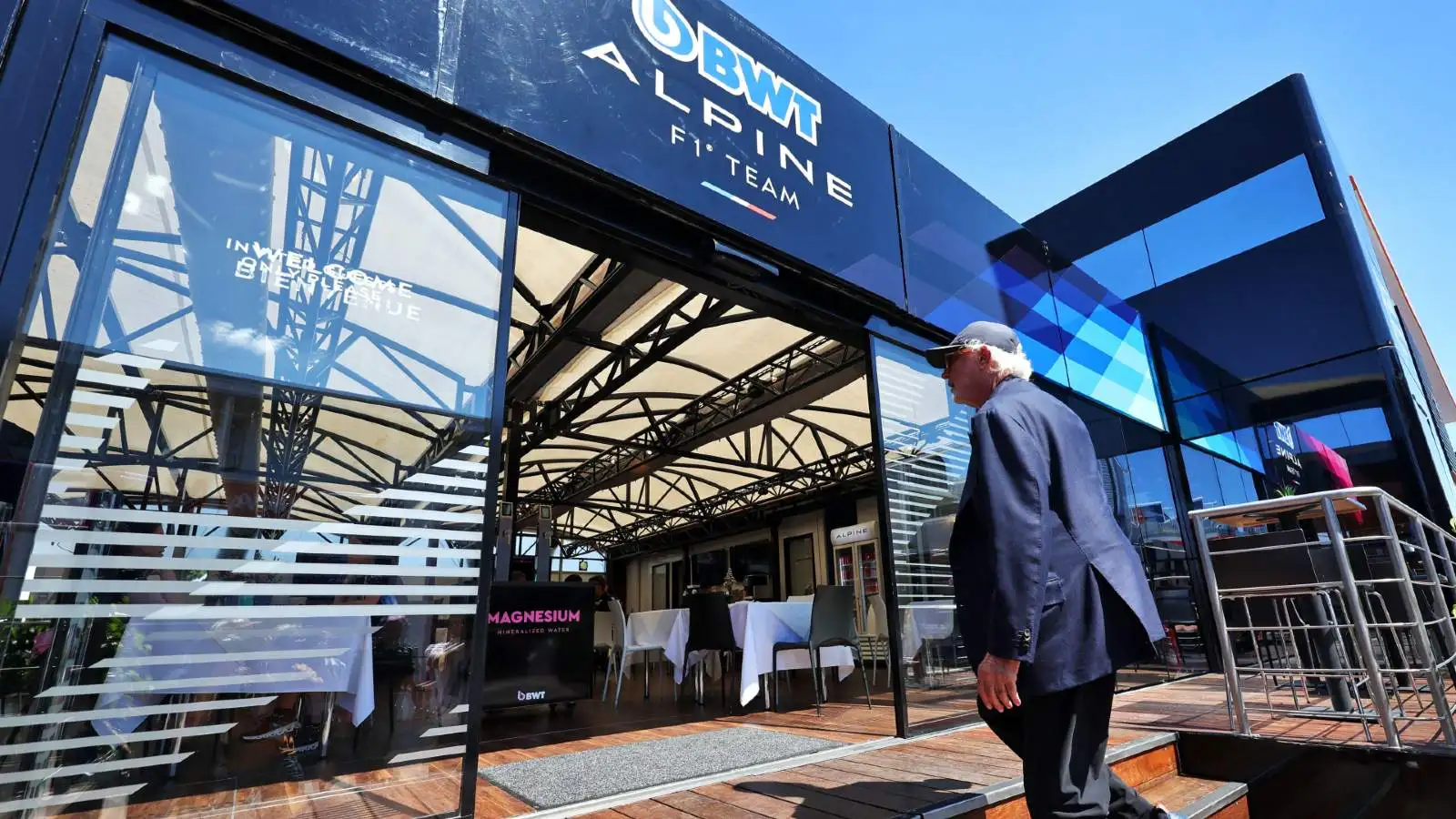Mercedes’ Andrew Shovlin believes the tricky ‘zeropod’ concept could have been successful if approached with the team’s current knowledge.
Mercedes embarked on the current ground-effect regulations in 2022 with an audacious ‘zero-sidepod’ concept that proved troublesome for the team to manage. This led to a change of concept for 2024. Former technical director Mike Elliott initially developed the ‘zeropod’ Mercedes. However, from the outset, Mercedes struggled with extreme levels of porpoising and bouncing, requiring higher ride heights to alleviate the issues and resulting in a drop in downforce from the ground-effect machine.
After two seasons of attempting to unlock the promising concept, Mercedes decided to switch to a more conventional design for 2024. Personnel changes occurred within the team as Elliott swapped roles with chief technical officer James Allison before leaving the team entirely. Under Allison, who returned to the technical director role he previously held, the W15’s concept led to a much more competitive season. The car ended the first half of the season as the class of the field in Belgium, with George Russell and Lewis Hamilton achieving a 1-2 finish, though Russell was later disqualified.
Head of trackside engineering Andrew Shovlin stated that the tricky ‘zeropod’ concept could now be tackled with greater success due to the knowledge the team has gathered over the past two years. Speaking at an event in Belgium, he mentioned, ‘Yes, in the sense that if any team knew what they knew now and were able to jump back to 2021 and have another go at it, they would have the fastest car because every team has had to go through a significant learning phase. In that sense, we could have got those side pods to work.’
Despite this, Shovlin dismissed the possibility of reassessing this path, stating that the current concept has yielded greater results. ‘Would they have had the same performance as the current design of the car? Maybe not,’ he said. ‘But the sidepods weren’t actually the biggest thing that was wrong with that car; there were other things that, if we were allowed to fix two things, probably the side pods wouldn’t have been on that list. However, where we are now is clearly a more performant solution.’
During 2022 and 2023, Mercedes faced various handling and performance issues, leading to a trial and error approach, as Shovlin admitted. ‘Well, there will always be an element of trial and error because Formula 1 cars are the product of research, and not all research proves correct,’ he said. ‘You’re basing it on theories around how you think the aerodynamics work, the tires work, and what’s important in terms of vehicle dynamics – you’re constantly trying to get your models to better reflect the car on the track. So I think there’ll always be an element of trial and error, our issue was more that we were being caught out with problems that we hadn’t anticipated well enough. That has been one of the big challenges. But if you just look at the way that the performance of teams is moving around at the moment, it’s evident that no one understands everything that there is to know about the current generation of cars.’
Shovlin’s reflections provide a fascinating insight into the developmental challenges faced by Mercedes. The ‘zeropod’ concept, while ambitious, may have required the lessons learned over two years to be fully realized. However, the team’s current approach has proven to be more successful.
